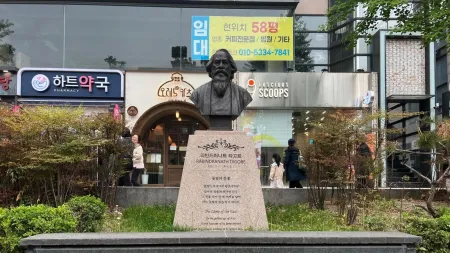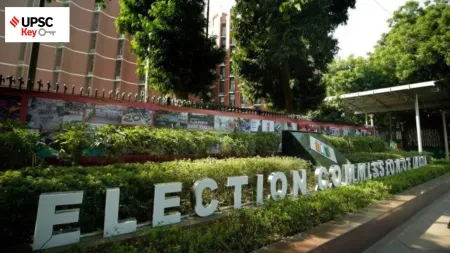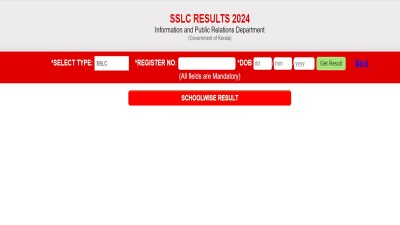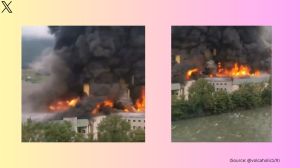- India
- International
Quake jolts govt to formulate disaster management plan
Plan awaits green light from Disaster Management Authority
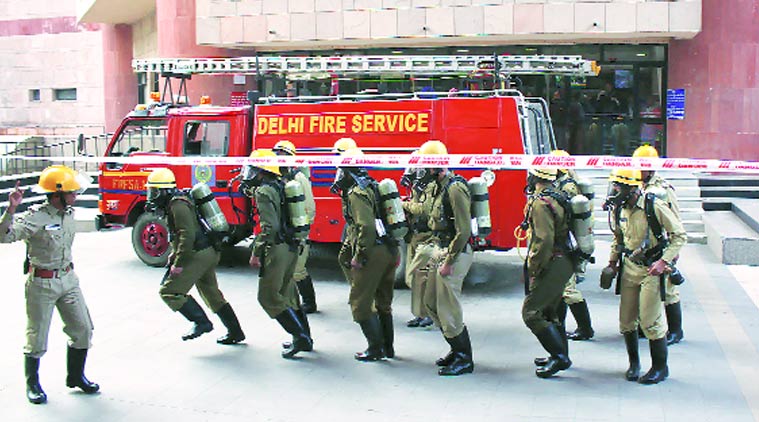 For shaking intensity VIII, 6.5 per cent houses in Delhi face high damage risk and 85.5 per cent houses face moderate damage risk.
For shaking intensity VIII, 6.5 per cent houses in Delhi face high damage risk and 85.5 per cent houses face moderate damage risk.
Even as tremors from aftershocks in Nepal after Saturday’s earthquake continue to rumble across the city, the Delhi government is yet to finalise the mandatory state disaster management plan.
While the capital’s respective districts have their local plans drawn up and ready, it still awaits the green light from the Delhi Disaster Management Authority (DDMA) that includes the Lieutenant Governor and Chief Minister.
Delhi, with its population of 16 million, falls under seismic zone IV.
According to the Vulnerability Atlas of India (1997), for shaking intensity VIII, 6.5 per cent houses in Delhi face high damage risk and 85.5 per cent houses face moderate damage risk.
Also, most buildings in Delhi may not meet requirements on seismic resistance.
In order to mitigate the consequences of a disaster, DDMA officials said engineering intervention is needed in buildings and structures to make them strong enough to withstand the impact of natural hazard.
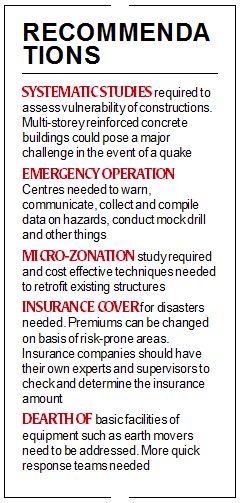

Dormant for more than a year now — save a meeting or two — the DDMA is now ready with the draft of the state disaster preparedness and mitigation plan.
Incidentally, the draft was formulated in March 2014 and presentations were made before officials of the National Disaster Management Authority (NDMA) in a meeting last October.
“Since then, there have been minor changes in the draft which is an ongoing process. A few recommendations were made and we had to include these. We have done that now and the draft is ready,” a senior DDMA official said.
However, the draft is yet to be approved by the state executive committee headed by the Delhi chief secretary.
It lists out building critical infrastructure such as roads, drinking water, communication network, health and sanitation, physical and social environment.
The draft reads, “In view of these components, a risk assessment study was conducted. It identified that Delhi is densely built and consists of a large urban population. Any major earthquake or fire/chemical explosion can affect districts very badly. Although various steps have been taken by the government, a high degree of awareness and training is still required.”
The draft also states that urban disaster management and disaster mitigation strategies minimise risk and should be incorporated in masterplan of Delhi.
Incidentally, Delhi still lacks a disaster response fund — something the Disaster Management Act, 2005, mandates.
Ashwani Kumar, Commissioner (Revenue) said, “A state disaster response fund was supposed to be created. It has been delayed due to the long process involved. The file has gone to Central government for approval. As far as the mitigation funds are concerned, we have discussed and decided that it is best if the departments create a planned fund for the head of disaster management rather than coming to the divisional commissioner for approvals. The file will now be processed.”
Audit outlines shortfalls in 2012 mock drill
Pinkerton, an agency, was given the task to collate findings of the mega mock drill that was conducted on February 15, 2012 to ascertain the preparedness of the city for any disaster. The Indian Army also did an audit of mock drill. Pinkerton’s report had revealed several shortcomings on the part of various emergency departments (during the mock drill) that could lead to rise in fatalities during a disaster if incorporated. Until August 2014, this report did not get approval. Now, based on the findings, a new draft has been prepared to overcome the faults. Officials said it has been placed before the authorities concerned. Based on the report, DDMA officials said training is being imparted in every district followed by a mock drill.
The audit found several lacunae
# Centres inadequately housed in small and cramped buildings which did not have even basic survival equipment such as hammers, torches, stretchers, maps of respective districts and emergency support staff
# Staff inadequately trained and unaware of communication protocols in case of emergencies
# Log books not maintained, thereby creating a problem in establishing an accurate reaction time for each emergency call
# Even the third-party audit established that emergency service response time was poor. Areas such as Old Delhi and East Delhi were inaccessible to emergency service vehicles. Even community response was poor
# Hospitals lacked disaster wards. No prioritisation among patients was made with an eye on reducing casualties
# No details of the dead and the discharged are maintained. The report emphasised that many reputed hospitals are high-rises and can develop cracks and, therefore, need alternate temporary structures
# At relief camps, the report cites lack of basic amenities like electricity and water. Some are even housed in unsafe structures
May 08: Latest News
- 01
- 02
- 03
- 04
- 05




